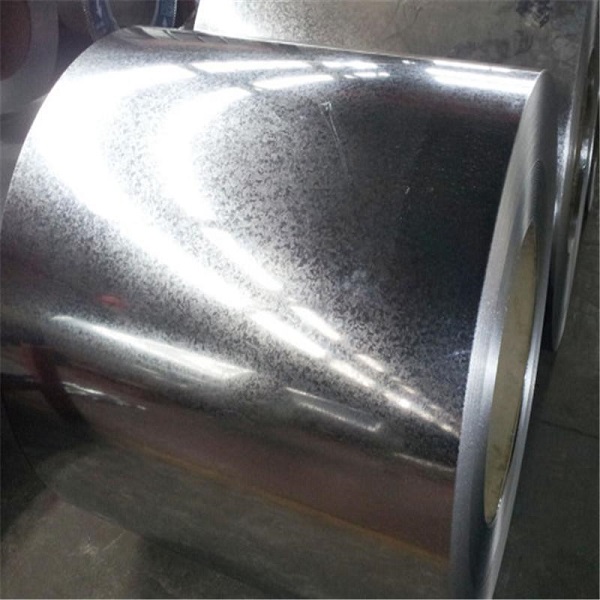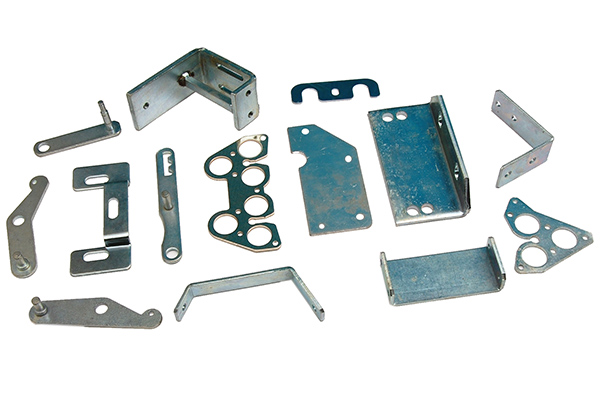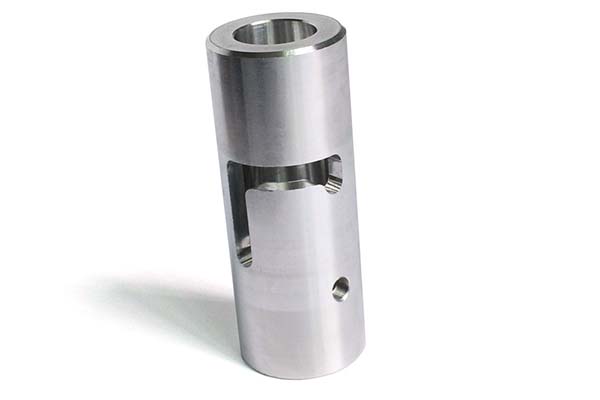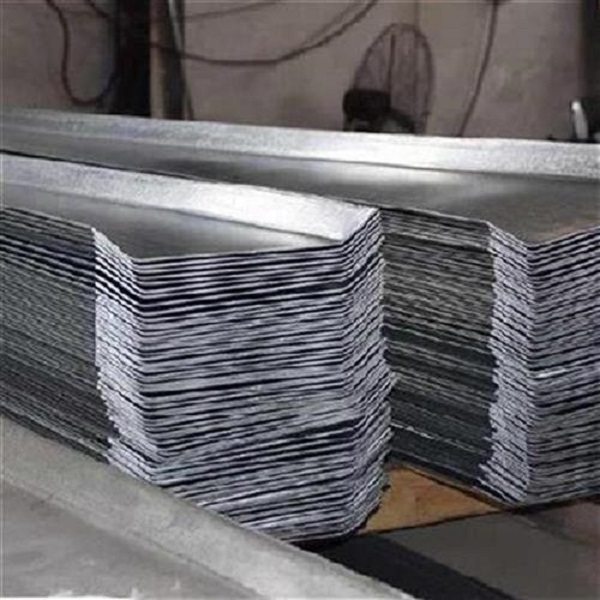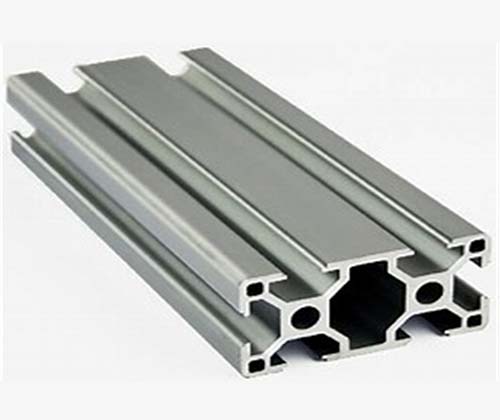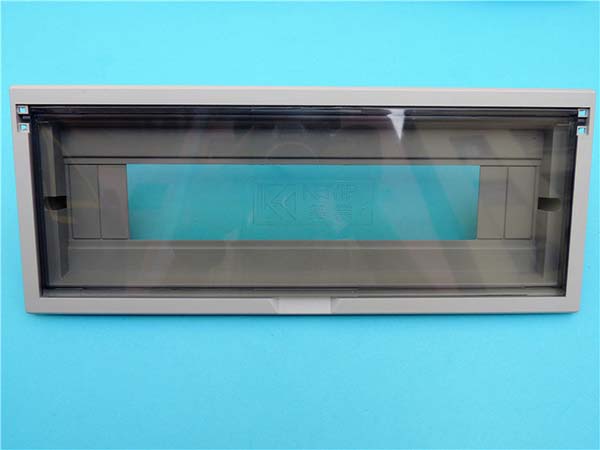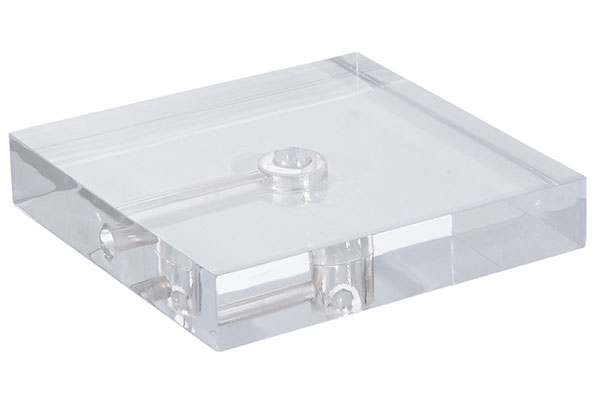Introduction
Manufacturers and fabricators often face challenges when selecting materials for their projects, especially when balancing cost, workability, and performance. A common pain point is finding a hot - rolled steel that offers consistent tensile properties and ductility for forming processes like bending and welding, while also meeting strict quality standards for surface finish and dimensional accuracy. Sheet Metal SPHC (Hot Rolled Steel) is a popular choice that addresses these issues, and in this article, we'll explore its material properties, manufacturing processes, applications, and quality control measures to help you make informed decisions for your projects.
Material Properties of Sheet Metal SPHC (Hot Rolled Steel)
Mechanical Strength and Flexibility
- Strength and Tensile Properties: Sheet Metal SPHC (Hot Rolled Steel) is known for its reliable strength and tensile properties. Its tensile strength typically ranges from 300 - 420 MPa, and the yield strength is around 210 - 290 MPa. This makes it strong enough for structural applications like vehicle frames and structural components in construction. For example, when used in the chassis of a small truck, its yield strength ensures it can withstand the weight of the vehicle and cargo without permanent deformation.
- Ductility and Impact Resistance: One of the key advantages of SPHC steel is its excellent ductility. It has an elongation of 25% - 35%, which means it can be bent, stretched, and formed into various shapes without cracking. This property is crucial for processes like bending and forming in the production of furniture and containers. Additionally, it has decent impact resistance, allowing it to absorb sudden forces. In tests, it can withstand impacts of 20 - 30 J at room temperature, making it suitable for parts that might experience occasional bumps, such as industrial machinery guards.
Other Important Properties
- Hardness and Density: The hardness of SPHC steel is moderate, with a Brinell hardness of 60 - 80. This hardness strikes a balance between being easy to work with during cutting and punching operations and providing enough wear resistance for daily use. Its density is approximately 7.85 g/cm³, which is standard for carbon steels. This density contributes to its strength while keeping it relatively lightweight compared to some other metals, making it suitable for applications where weight is a consideration, like automotive parts.
- Corrosion Resistance and Thickness: In its natural state, SPHC steel has basic corrosion resistance. It forms a thin oxide layer that offers some protection against rust, but for outdoor or humid environments, additional coatings are recommended. The thickness of SPHC steel sheets varies, typically ranging from 1.2 mm to 10 mm. This range allows it to be used in a wide variety of applications, from thin sheets for electrical enclosures to thicker sheets for heavy - duty industrial machinery frames.
Manufacturing Processes of Sheet Metal SPHC (Hot Rolled Steel)
Core Production Steps
- Hot Rolling: The production of Sheet Metal SPHC (Hot Rolled Steel) starts with hot rolling. Steel billets are heated to a high temperature, usually between 1100°C - 1250°C, which makes the metal soft and malleable. The heated billets are then passed through a series of rolling mills to reduce their thickness and form sheets. This hot rolling process not only shapes the steel but also refines its grain structure, enhancing its ductility and tensile properties. Modern mills use advanced technology to ensure uniform thickness across the sheet, which is essential for consistent performance in downstream applications.
- Annealing and Heat Treatment: After hot rolling, some SPHC steel sheets undergo annealing as part of heat treatment. This involves heating the steel to around 650°C - 700°C and then cooling it slowly. Annealing relieves internal stresses that build up during rolling, making the steel even more ductile and easier to form. This step is particularly important for sheets that will be used in complex forming operations, such as creating curved parts for automotive bodies.
Fabrication Processes
- Cutting, Bending, and Punching: Once the SPHC steel sheets are produced, they undergo various fabrication processes. Cutting is done using tools like laser cutters or shears to get sheets of the desired size. Bending machines are used to form angles and curves, which is common in making furniture frames and structural components. Punching creates holes for bolts and fasteners, which is necessary for assembling electrical enclosures and industrial machinery parts. The ductility of SPHC steel makes these processes smooth and reduces the risk of cracking.
- Welding and Forming: Welding is a key process for joining SPHC steel components. Its good weldability allows for strong and durable joints, which is important in construction and automotive manufacturing. For example, when building a steel structure for a warehouse, welding SPHC steel beams creates a sturdy framework. Forming processes, such as deep drawing, can also be used to create complex shapes like containers and appliances parts, thanks to the steel's excellent ductility.
Applications of Sheet Metal SPHC (Hot Rolled Steel)
Construction and Automotive Industries
- Construction: In the construction industry, SPHC steel is widely used for structural components like beams, columns, and roofing supports. Its strength and yield strength make it capable of supporting heavy loads, ensuring the stability and safety of buildings. It's also used in the construction of temporary structures like scaffolding, where its ductility allows for easy assembly and disassembly.
- Automotive: The automotive industry relies on SPHC steel for vehicle frames, floor pans, and other structural parts. Its combination of strength and impact resistance helps protect passengers in the event of a collision. Additionally, its ductility makes it suitable for forming the curved shapes needed in car bodies, and its cost - effectiveness is a plus for mass production.
Industrial and Daily Use Applications
- Industrial Machinery and Electrical Enclosures: Industrial machinery such as conveyor systems, presses, and lathes use SPHC steel for their frames and bases. Its hardness and durability can withstand the vibrations and wear of daily operation. Electrical enclosures that house sensitive equipment also use SPHC steel because it provides good protection and can be easily cut and shaped to fit various components.
- Furniture, Containers, and Appliances: Furniture like tables, chairs, and shelves often use SPHC steel for their frames. Its strength ensures the furniture is sturdy, and its ductility allows for creative designs. Containers for storage and transportation are another common application, as SPHC steel can be formed into strong, leak - proof boxes. In the appliances industry, it's used for parts like washing machine frames and dryer drums, where its combination of strength and workability is ideal.
Quality Control for Sheet Metal SPHC (Hot Rolled Steel)
Key Quality Parameters
- Surface Finish and Dimensional Accuracy: Surface finish is an important quality parameter for SPHC steel. It should be free from excessive scale, rust, and defects. While it's a hot - rolled steel and has a slightly rough surface compared to cold - rolled steel, the surface finish should be consistent to ensure good adhesion when painting or coating. Dimensional accuracy is also crucial, with tight tolerances for thickness, width, and length. Typically, the thickness tolerance is within ±0.3 mm, which ensures parts fit together properly during assembly.
- Flatness and Defect Detection: Flatness is measured to ensure the sheets don't have excessive warping, which can cause problems during fabrication. Defect detection involves inspecting the steel for cracks, holes, and inclusions. Advanced techniques like ultrasonic testing and visual inspection are used to identify any defects, ensuring only high - quality sheets reach customers.
Inspection, Testing, and Standards
- Inspection and Testing: Regular inspection is carried out throughout the production process. This includes checking the tensile properties and yield strength through tensile testing, measuring hardness with a hardness tester, and evaluating ductility via elongation tests. These testing methods ensure the steel meets the required specifications for its intended applications.
- Certification and Standards: SPHC steel adheres to specific standards, often defined by Japanese industrial standards (JIS). It also commonly meets international certification requirements, ensuring it can be used in global markets. Compliance with these standards guarantees that the steel has consistent properties and quality, giving manufacturers confidence in its performance.
Yigu Technology's Perspective
As a parts custom manufacturing supplier, Yigu Technology recognizes the value of Sheet Metal SPHC (Hot Rolled Steel) for its versatility and reliability. We leverage its excellent ductility and tensile properties in our fabrication processes, including cutting, bending, and welding, to produce high - quality components for automotive, construction, and industrial machinery clients. Our strict quality control checks ensure the steel meets standards for surface finish, dimensional accuracy, and flatness, delivering cost - effective solutions that meet our customers' specific needs. Whether for custom structural components or 批量生产的容器,SPHC steel is a go - to material in our portfolio.
FAQs
- Can Sheet Metal SPHC (Hot Rolled Steel) be used outdoors without coating?
- While SPHC steel has basic corrosion resistance, it's not recommended for long - term outdoor use without coating. The thin oxide layer can be easily damaged by moisture and harsh weather, leading to rust. Applying a paint or galvanized coating significantly improves its resistance to corrosion, making it suitable for outdoor applications.
- How does SPHC steel compare to other hot - rolled steel grades in terms of ductility?
- SPHC steel is known for its high ductility compared to some other hot - rolled grades. Its elongation of 25% - 35% is higher than that of grades like SS400 (which typically has 20% - 25% elongation), making it more suitable for complex forming and bending operations.
- What is the typical thickness range of Sheet Metal SPHC (Hot Rolled Steel) and how does it affect its applications?
- The typical thickness range is 1.2 mm to 10 mm. Thinner sheets (1.2 - 3 mm) are often used for electrical enclosures and appliances parts, while thicker sheets (3 - 10 mm) are ideal for structural components, vehicle frames, and industrial machinery where greater strength is needed.
